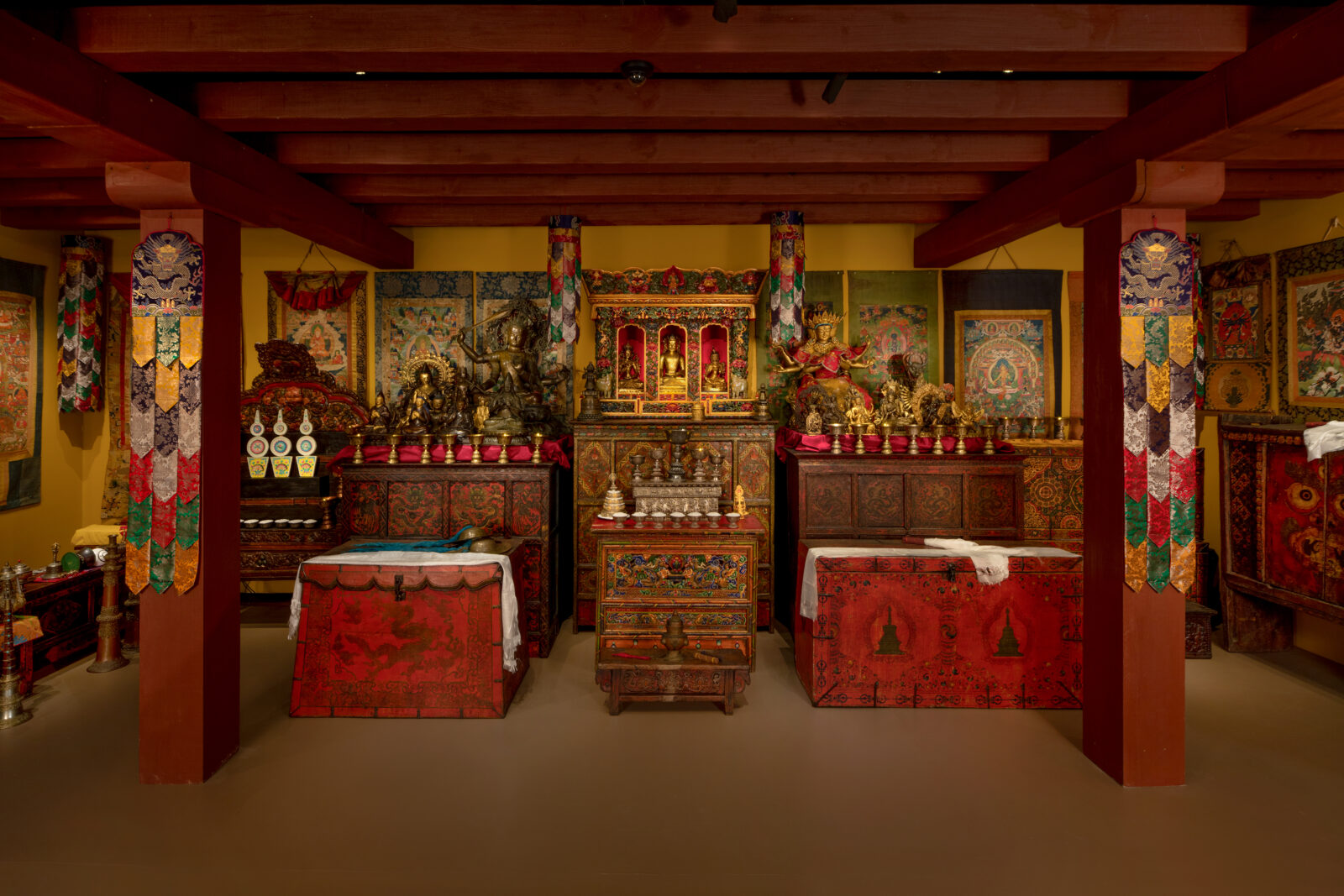Mongolia
18th - 19th century
Mongolia
18th - 19th century
There are several types of Tibetan cymbals, distinguished by size and shape, which may be used in different rituals. Cymbals are among the most important instruments in the Tibetan Buddhist ritual music ensemble, essential for generating the overall musical structure. They may be used by the ritual chant master to guide the performers. Chanting and playing is an impressive skill, as cymbal rhythms often consist of complex formulas and fixed sequences of beats.

Photo by Dave de Armas
In Buddhism merit is accumulated through engaging in positive actions that lead to positive results, such as better rebirths. Buddhists gain merit by making offerings, donating to those in need, reciting mantras, and other good deeds.
Prescribed practices that carry symbolic meaning and value within a specific tradition and are intended to attain a desired outcome. Rituals are usually done as part of a ceremony or regular routine.
Mongolians have been widely active in the Tibetan Buddhist world, playing a key role in Tibetan culture, politics, and relations with China. In the 13th century, the Mongol Empire—the largest contiguous empire in world history—facilitated the spread of Tibetan visual culture.
Get the latest news and stories from the Rubin, plus occasional information on how to support our work.